Life
Sign up for our newsletter
We summarize the week's scientific breakthroughs every Thursday.
-
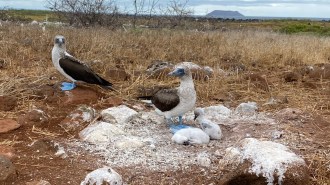 Animals
AnimalsA bird flu outbreak is sweeping the globe. Its long-term effects are unclear
A reporter’s recent trip to the Galápagos offered a chance to reflect on the bird flu outbreak, which has killed millions of birds and other animals.
-
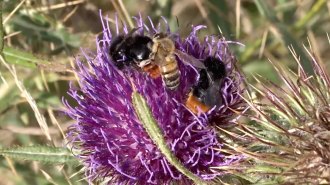 Life
LifeSome honeybees in Italy regularly steal pollen off the backs of bumblebees
New observations suggest that honeybees stealing pollen from bumblebees may be a crime of opportunity, though documentation of it remains rare.
-
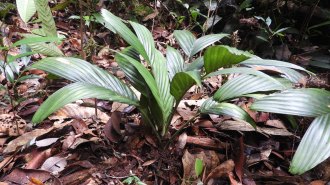 Plants
PlantsThis first-of-its-kind palm plant flowers and fruits entirely underground
Though rare, plants across 33 families are known for subterranean flowering or fruiting. This is the first example in a palm.
-
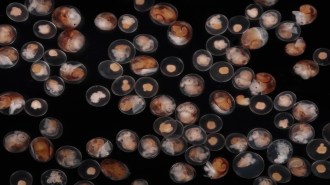 Life
LifeThese snails give live birth, and it’s the babies that may do the labor
Protecting eggs in mom’s body may have given rough periwinkle snails an advantage over egg-laying cousins, letting them spread to far more coastline.
By Susan Milius -
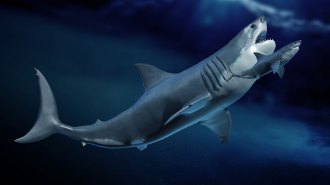 Life
LifeMegalodon, the largest shark ever, may have been a long, slender giant
The ancient shark is typically imagined with the scaled-up stout frame of a modern great white. But in life, the giant may have been more elongated.
By Jake Buehler -
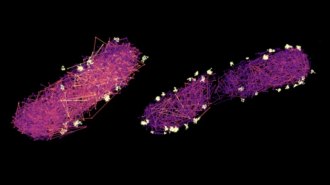 Life
LifeHow disease-causing microbes load their tiny syringes to prep an attack
Tracking individual proteins in bacterial cells reveals a shuttle-bus system to load tiny syringes that inject our cells with havoc-wreaking proteins.
By Elise Cutts -
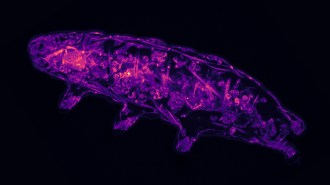 Chemistry
ChemistryHere’s how tardigrades go into suspended animation
A new study offers more clues about the role of oxidation in signaling transitions between alive and mostly dead in tardigrades.
-
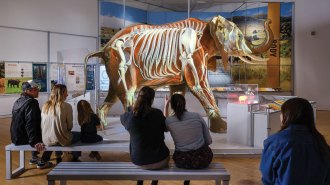 Animals
AnimalsA new exhibit invites you into the ‘Secret World of Elephants’
As elephants face survival threats, the American Museum of Natural History highlights their pivotal role in shaping landscapes — and their resilience.
-
 Animals
AnimalsSome mysteries remain about why dogs wag their tails
Wagging is a form of communication, with different wags meaning different things, but scientists know little about the behavior’s evolution in dogs.
By Jude Coleman -
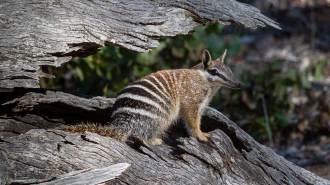 Climate
ClimateNumbats are built to hold heat, making climate change extra risky for the marsupials
New thermal imaging shows how fast numbats’ surface temperature rises even at relatively reasonable temperatures.
By Jake Buehler -
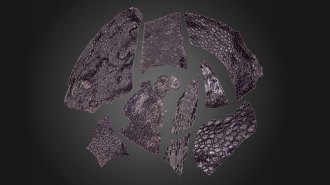 Paleontology
PaleontologyThe oldest known fossilized skin shows how life adapted to land
The nearly 290 million-year-old cast belonged to a species of amniotes, four-legged vertebrates that today comprises all reptiles, birds and mammals.
By Nikk Ogasa -
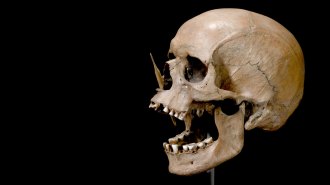 Genetics
GeneticsHow ancient herders rewrote northern Europeans’ genetic story
New DNA analyses show the extent of the Yamnaya people’s genetic reach starting 5,000 years ago and how it made descendants prone to diseases like MS.
By Bruce Bower